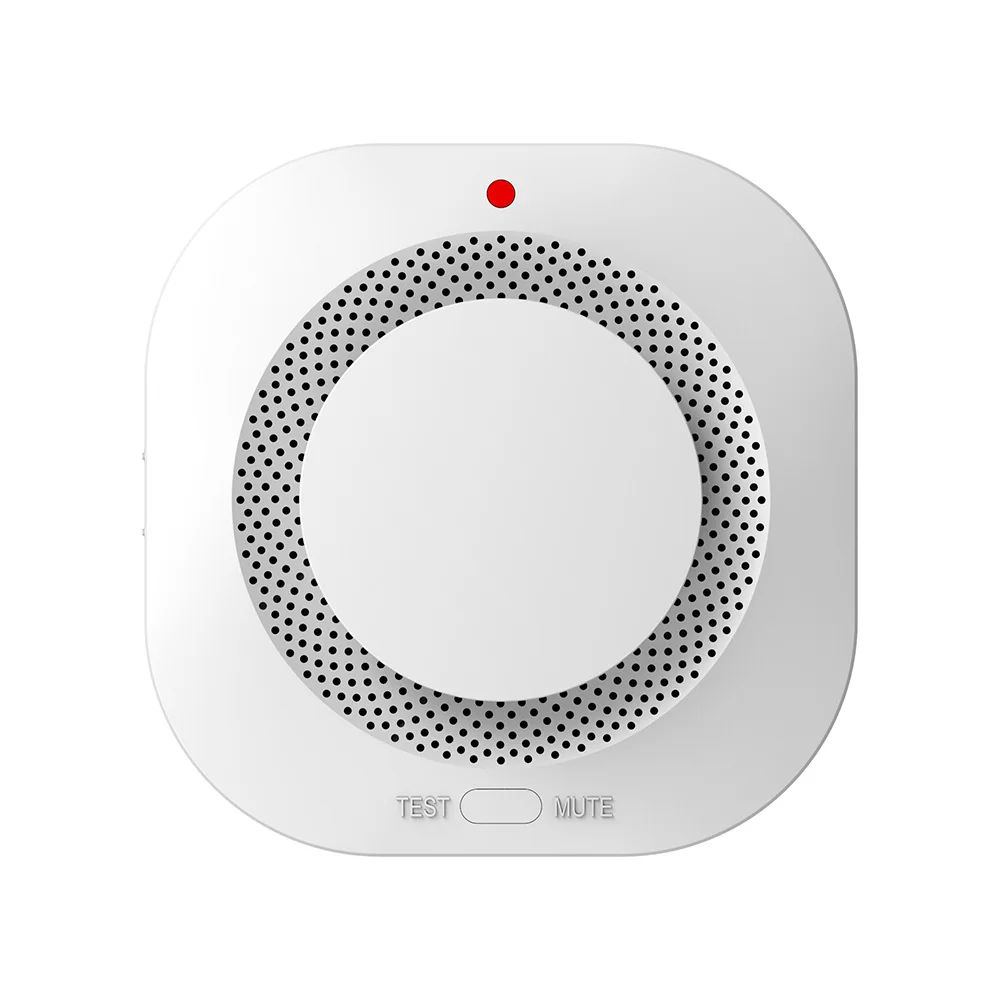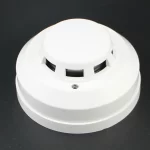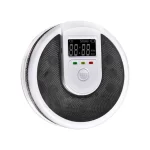Common Reasons Why Smoke Alarms Beep
Smoke alarms play a vital role in home safety, alerting you to potential fires. However, they can beep for reasons other than smoke. Here are the most common causes:
- Low Battery: A beep every minute often means the battery is low. It’s a warning to replace it soon.
- Battery Issue: Incorrectly installed or loose batteries can cause beeps. Check the battery’s orientation and connection.
- Dirty Sensing Chamber: Dust or insects in the detector often leads to beeping. Regular cleaning is crucial.
- Humidity or Steam: High moisture levels, like after a hot shower, can set off the alarm.
- Temperature Fluctuations: Detectors too close to HVAC units or drafty windows may chirp if affected by temperature changes.
- End of Life: Detectors beep to indicate they’re too old and need replacement. Check the manufacture date.
- Malfunction: Continuous beeping could signal the detector is faulty. Consult the manual or a professional.
Addressing these issues promptly can stop the beeping and ensure your smoke alarm functions correctly.
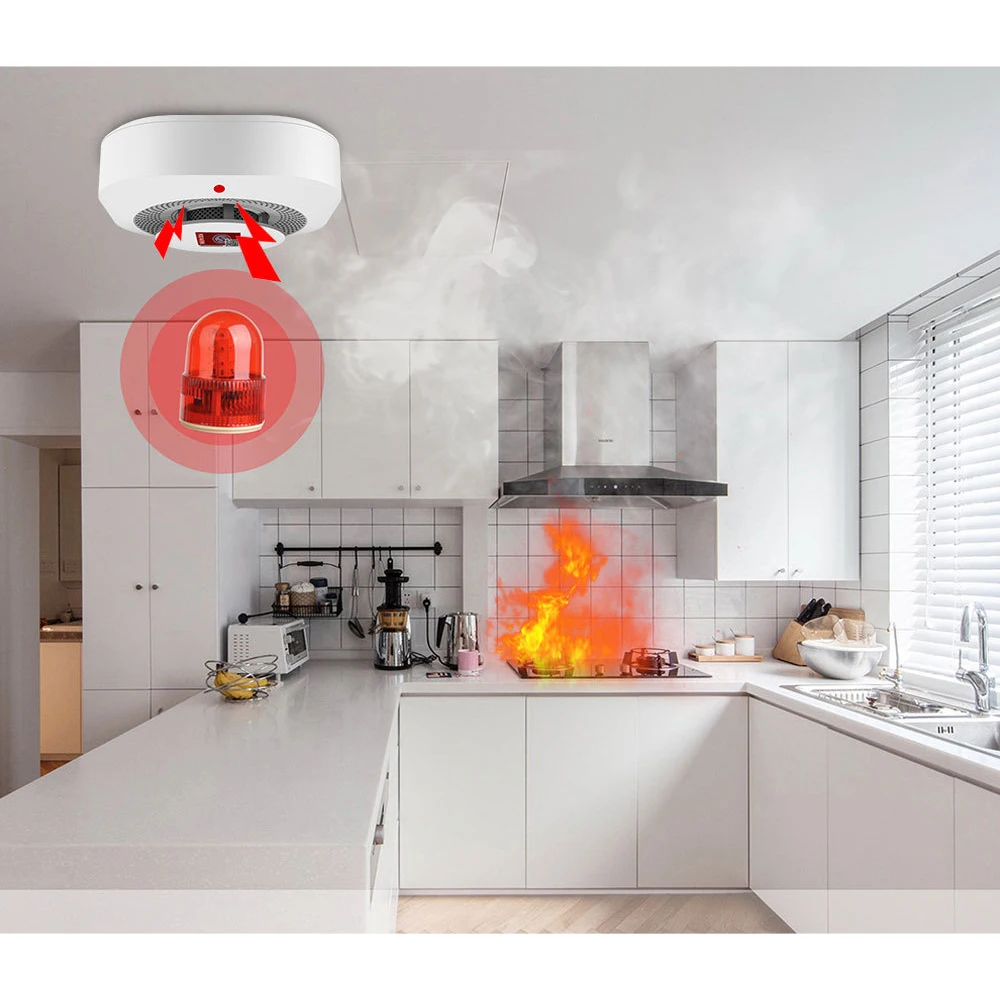
Steps to Diagnose and Address Smoke Alarm Beeping
When your smoke alarm starts beeping, it can be both annoying and concerning. The beeping may not always be due to smoke. Here are steps to diagnose why your smoke alarm is beeping and how to address it:
- Identify the Beeping Smoke Alarm: Check each alarm in your home to locate the one that’s beeping.
- Check the Battery: If the beeping is periodic, like once a minute, the battery may be low. Replace it with a fresh one.
- Secure Battery Connections: Make sure the battery is properly installed and the connections are secure.
- Clean the Detector: Dust and bugs can cause false alarms. Clean your smoke alarm using a soft brush.
- Adjust Location: Move your smoke alarm away from high humidity areas and temperature changes.
- Inspect for Wear: Check the manufacture date; if it’s older than ten years, consider replacing the smoke alarm.
- Check for Malfunctions: If beeping persists even after taking these steps, the smoke alarm might be malfunctioning. Seek professional advice or replace the unit.
Always respond promptly to your smoke alarm’s signals to maintain its effectiveness and ensure your safety.
How to Properly Maintain Your Smoke Alarms
To ensure your smoke alarms function correctly, follow these maintenance tips:
- Test Regularly: Press the test button monthly to check the alarm works.
- Clean the Unit: Use a soft brush attachment to clean out dust and insects.
- Replace Batteries: Change batteries at least once a year or when you hear a beep.
- Keep Them Dry: Avoid installing in damp areas to prevent false alarms.
- Stay Cool: Keep alarms away from heat sources and drafts.
- Check Dates: Replace your smoke alarms every 8 to 10 years.
By taking good care of your smoke alarms, you’ll minimize beeping issues and keep your home safe.
Battery Replacement and Management for Smoke Alarms
Proper battery management is key to keeping your smoke alarm ready to alert you. Here’s what you need to know:
- Regularly Check Batteries: Monthly checks can prevent unexpected beeping.
- Battery Replacement Schedule: Change batteries at least once a year or if you hear a beep.
- Correct Battery Installation: Ensure batteries fit snugly and are placed right side up.
- Use Quality Batteries: Opt for long-lasting, reliable battery brands.
- Battery Disposal: Safely dispose of old batteries; don’t throw them in household trash.
Follow these tips to reduce the chances of your smoke alarm beeping no smoke and maintain your peace of mind and safety.
The Importance of Correct Smoke Alarm Placement
Proper placement of your smoke alarms can drastically reduce false alarms and increase their effectiveness. Here are essential guidelines for positioning your smoke alarms:
- In Every Bedroom: Install alarms in each bedroom for immediate alert.
- Outside Sleeping Areas: Place detectors in hallways outside bedrooms too.
- On Every Level: Have at least one alarm on each floor, including basements.
- High on Walls or Ceilings: Smoke rises, so put alarms at the top.
- Away from Kitchen Appliances: To prevent false alarms, keep detectors at least 10 feet from cooking appliances.
Avoid putting smoke alarms near windows, doors, or ducts where drafts might interfere with their operation. Don’t place them near bathrooms where steam can cause false alerts. Check the manufacturer’s instructions for other specific placement recommendations.
Remember that proper smoke alarm placement can help ensure early detection in the event of a fire, giving you and your loved ones valuable time to escape.
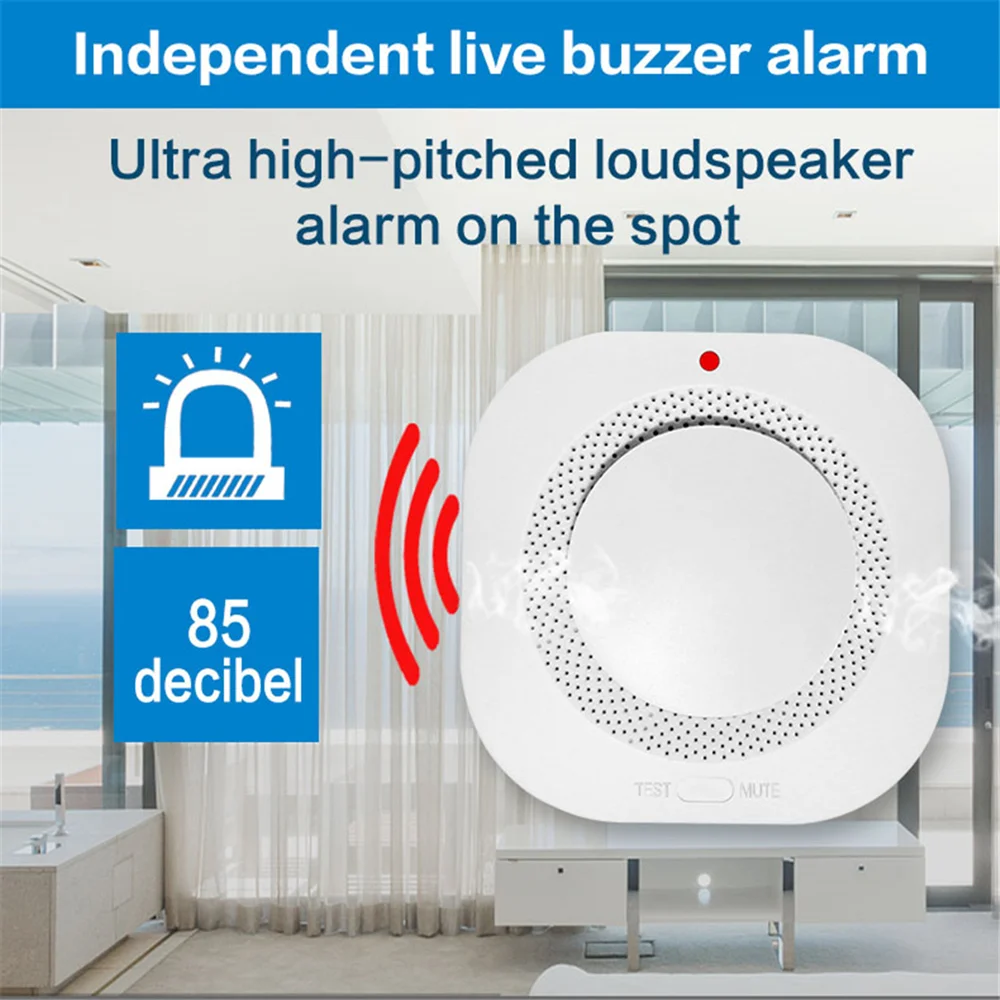
Understanding the Difference Between Battery-Operated and Hard-Wired Smoke Alarms
Choosing the right type of smoke alarm is important for home safety. There are two types: battery-operated and hard-wired.
Battery-Operated Smoke Alarms
These alarms run on batteries. They are simple to install. When the power goes out, they still work. Remember to check and change batteries regularly. Each alarm acts alone. If one alarm sounds, the others stay quiet unless also triggered.
Hard-Wired Smoke Alarms
Hard-wired alarms connect to your home’s electricity. They often have battery backups for power outages. All alarms sound if one detects smoke. This feature ensures you hear the alarm throughout your home. Installation requires a professional. They tend to cost more upfront but offer added reliability.
Knowing the differences helps you make the best choice for your home. Always consider the alarm’s location and how you will maintain it. Check alarms, batteries, and connections regularly, regardless of type.
What to Do When All Smoke Detectors Beep Together
When all smoke detectors beep together, it’s usually a sign of a larger issue. Don’t ignore it. Follow these steps to troubleshoot the problem:
- Check for Smoke or Fire: First, ensure there’s no real threat. Look for signs of fire or smoke.
- Identify the Initiating Detector: Find the detector that started beeping first. It may have a red light blinking.
- Inspect Each Detector: Check all detectors for low batteries, dirt, or damage.
- Test the System: Press the test button on each alarm to see if they’re working right.
- Reset the Detectors: If they keep beeping, power off the system at the breaker, then power it on again.
- Replace Batteries in All Detectors: If they’re battery-operated, change all the batteries together.
- Seek Professional Help: For hard-wired systems, call an electrician if beeping persists after these steps.
- Consider Replacement: If your detectors are older than 8 to 10 years, replace them all.
By taking these actions, you can address the beeping and ensure your smoke alarms function properly.
When to Replace Your Smoke Alarms: Recognizing the Signs
Knowing when to replace your smoke alarms is crucial for home safety. Here are some clear signs:
- **Frequent False Alarms: If your alarms often beep with no smoke, they might need replacing.
- **Alarm Does Not Respond to Tests: Press the test button. No sound means it’s time for a new one.
- **Outdated Units: Check the manufacture date. Replace alarms older than ten years.
- **Intermittent Beeps: Alarms that beep without cause may be malfunctioning. It’s best to replace them.
- **Corrosion or Damage: Visible signs of wear or damage suggest you need new alarms.
- **End-of-Life Alerts: Some models chirp to signal they are expiring. Heed these beeps.
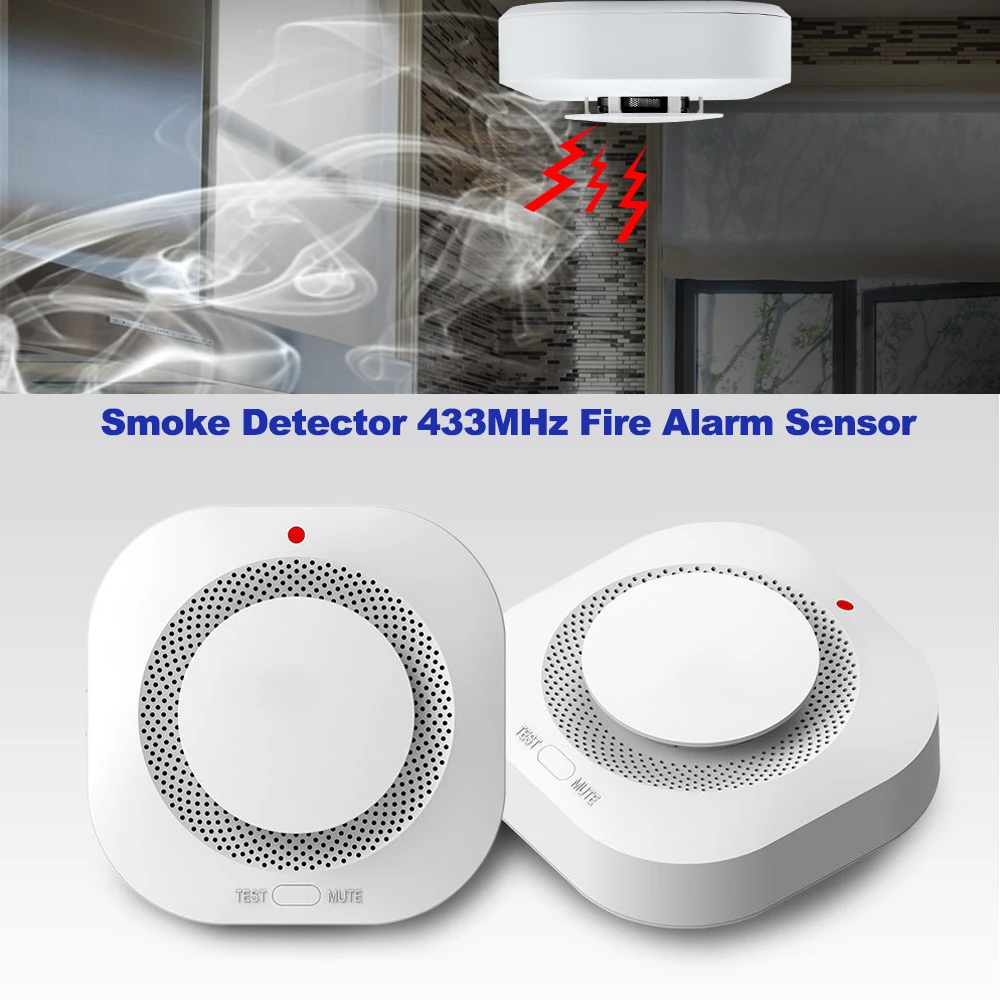
For safety, replace all your smoke alarms at the signs of trouble. Use alarms that meet current safety standards. Always test new alarms after installation to ensure they work.
